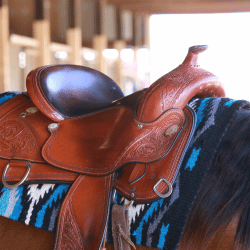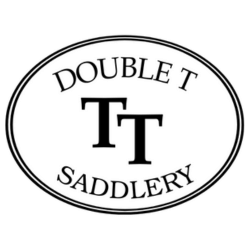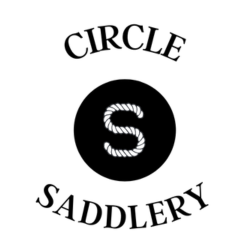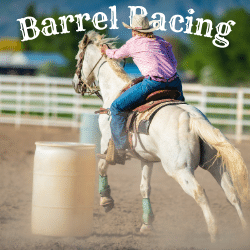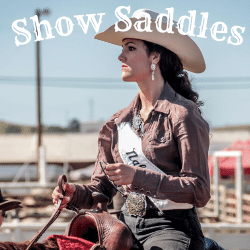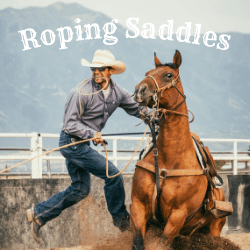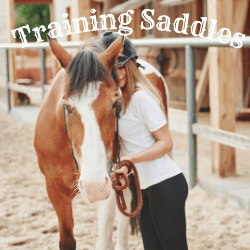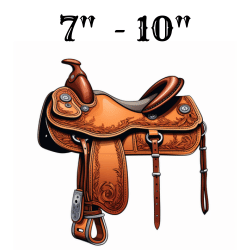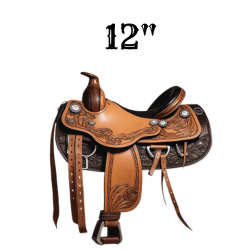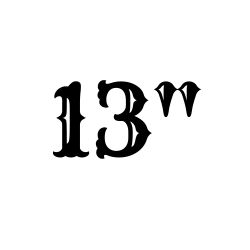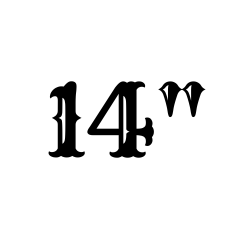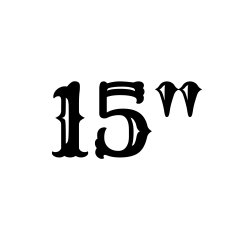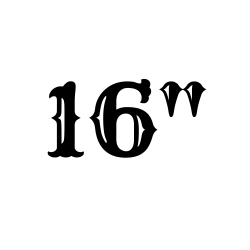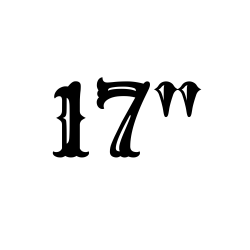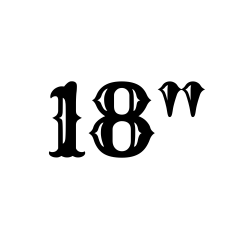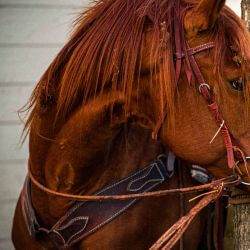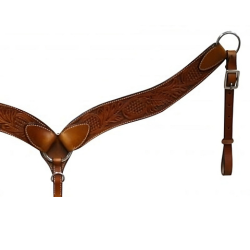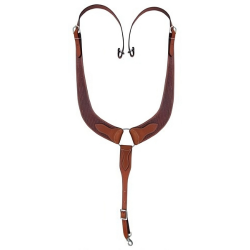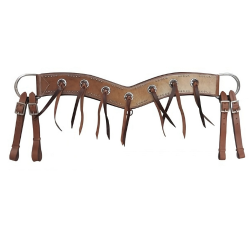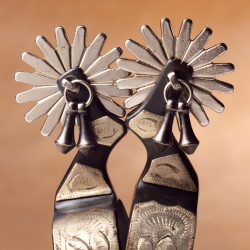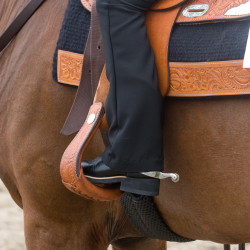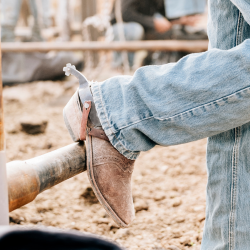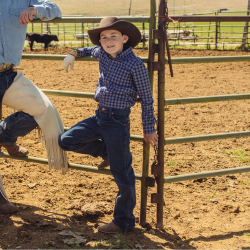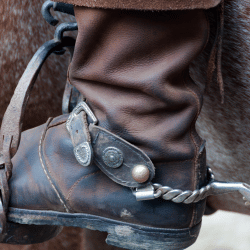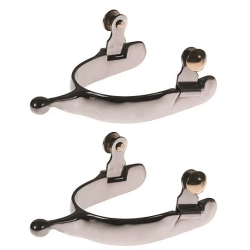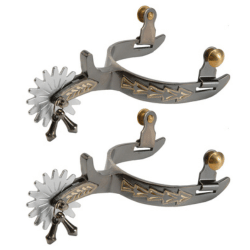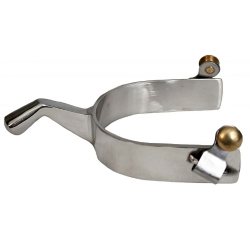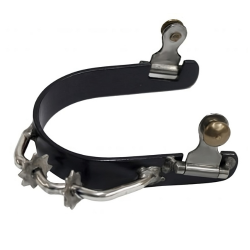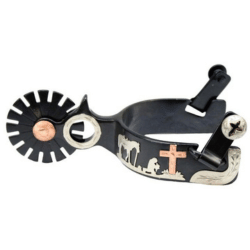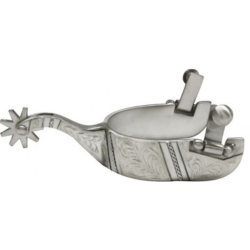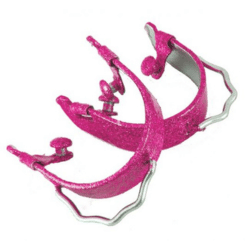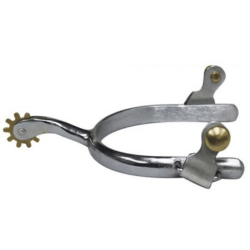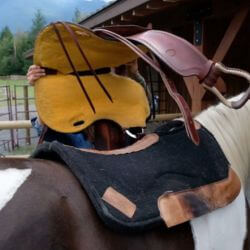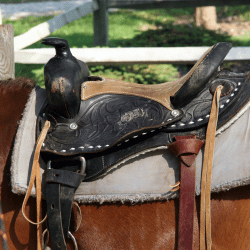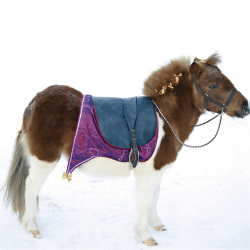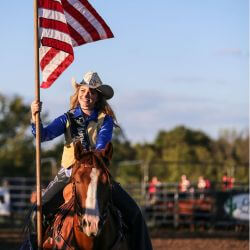Horseback riding is not just a recreational activity; it's an art form that requires skill, technique, and proper equipment. When it comes to riding and working with horses, there are various tools and accessories that can enhance the experience and ensure the safety and comfort of both the rider and the horse. One such accessory is a pulling breast collar.
In this blog post, we will delve into the world of pulling breast collars for horses, exploring what they are, why they are important, and how to use them effectively. We will discuss the different types of pulling breast collars available, the materials used in their construction, and the specific designs and uses for each type.
Furthermore, we will guide you through the process of fitting a pulling breast collar on your horse correctly. We will provide step-by-step instructions on how to measure your horse for a breast collar, adjust it for a perfect fit, and perform safety checks to ensure your horse's comfort and safety.
Maintaining your pulling breast collar is equally important, so we will share tips on regular cleaning and inspection, as well as repairing or replacing worn-out parts. Additionally, we will provide guidance on proper storage to prolong the lifespan of your pulling breast collar.
Finally, we will explore the role of pulling breast collars in horse training and performance. We will discuss how these collars can enhance a horse's performance in various disciplines, prevent injuries and discomfort, and improve communication between the horse and the rider.
By the end of this blog post, you will have a comprehensive understanding of pulling breast collars for horses and be equipped with the knowledge to choose, fit, and use them effectively. So, let's dive in and explore the world of pulling breast collars together!
Introduction to Pulling Breast Collars: What Are They and Why Are They Important?
Pulling breast collars are an essential piece of equipment used in the equestrian world. They are designed to secure and stabilize the saddle on a horse's back, preventing it from sliding or shifting during various activities such as pulling heavy loads or engaging in fast-paced maneuvers. In this section, we will delve into the fundamental aspects of pulling breast collars, exploring their purpose, construction, and the importance they hold in the world of horse riding.
What is a Pulling Breast Collar?
A pulling breast collar, also known as a breastplate or a breast strap, is a harness-like device that fastens around a horse's chest. It consists of a central strap that runs along the horse's breastbone and two side straps that attach to the saddle or traces. These collars are typically made from high-quality leather or synthetic materials, ensuring strength, durability, and flexibility.
The Purpose and Benefits of Using a Pulling Breast Collar
The primary purpose of a pulling breast collar is to distribute the weight of the saddle and any additional loads evenly across the horse's shoulders and chest area. By doing so, it helps to stabilize the saddle and prevent it from sliding backward during movements, particularly when the horse is pulling a heavy load or engaging in activities that involve sudden stops or turns.
The use of a pulling breast collar offers several benefits for both the horse and the rider:
-
Improved Stability and Balance: The pulling breast collar helps to keep the saddle in place, preventing it from shifting or rotating, which can cause discomfort and affect the rider's balance. By maintaining stability, it allows the horse to move freely and perform to its full potential.
-
Enhanced Maneuverability: When a horse is engaged in activities that require quick turns or changes in direction, such as working cattle or navigating through obstacles, a pulling breast collar provides additional support and control. It helps the rider communicate effectively with the horse, allowing for precise movements and maneuvers.
-
Reduced Pressure on the Horse's Back: By distributing the weight of the saddle evenly across the horse's chest, a pulling breast collar helps to alleviate some of the pressure and stress on the horse's back. This can contribute to increased comfort and reduce the risk of soreness or injuries.
-
Safety and Security: A properly fitted pulling breast collar ensures that the saddle remains in place, even during demanding activities. This helps to minimize the risk of accidents or injuries caused by a shifting or slipping saddle.
-
Versatility: Pulling breast collars can be used in a variety of equestrian disciplines, including ranch work, trail riding, show jumping, and driving. They are a versatile piece of equipment that can be adapted to suit different riding styles and activities.
In summary, pulling breast collars play a crucial role in providing stability, balance, and safety for both the horse and the rider. By understanding their purpose and benefits, equestrians can make informed decisions about incorporating these collars into their riding practices.
Different Types of Pulling Breast Collars
Pulling breast collars come in various types, each designed to serve specific purposes and cater to different riding disciplines. In this section, we will explore the different types of pulling breast collars available in the market, their construction materials, and their specific uses.
Materials Used in Making Pulling Breast Collars
Pulling breast collars are typically crafted from high-quality materials that provide strength, durability, and flexibility. The choice of material depends on personal preference, intended use, and budget. Some common materials used in making pulling breast collars include:
-
Leather: Leather is a traditional and popular choice for pulling breast collars. It offers durability, strength, and a classic appearance. Leather collars require regular cleaning and conditioning to maintain their quality and longevity.
-
Synthetic Materials: Synthetic materials such as nylon, biothane, or neoprene are gaining popularity in the equestrian industry. These materials offer durability, resistance to weather conditions, and easy maintenance. Synthetic pulling breast collars are often available in a variety of colors and styles.
Various Designs and Their Specific Uses
-
Single Strap Pulling Breast Collar: This design features a single strap that runs along the horse's breastbone and attaches to the saddle or traces on both sides. It is a simple and lightweight design suitable for light to moderate work, such as trail riding or pleasure riding.
-
Traditional Pulling Breast Collar: The traditional design consists of a central strap that runs along the horse's breastbone and two side straps that attach to the saddle. It provides stability and support during various activities, including ranch work, cattle herding, and trail riding.
-
Pulling Breast Collar with Martingale Attachment: Some pulling breast collars come with an additional attachment known as a martingale. A martingale is a strap that connects the breast collar to the reins, passing through the horse's bit. This design provides additional control and helps prevent the horse from raising its head too high or evading the bit.
-
Pulling Breast Collar with Shoulder Straps: This design includes additional shoulder straps that attach to the saddle or traces. The shoulder straps help distribute the weight more evenly, providing extra stability and support. This type of pulling breast collar is commonly used in activities that involve heavy pulling, such as draft work or pulling carriages.
Choosing the Right Type for Your Horse
When selecting a pulling breast collar for your horse, it is essential to consider factors such as the horse's conformation, riding discipline, and the intended use of the collar. Here are some considerations to keep in mind:
-
Conformation: Each horse has a unique conformation, and certain designs may fit better on specific body types. Consider the shape and size of your horse's chest and shoulders to determine which design will provide the best fit and comfort.
-
Riding Discipline: Different riding disciplines have specific requirements and preferences when it comes to pulling breast collars. For example, a horse used in ranch work may benefit from a traditional pulling breast collar, while a horse involved in show jumping may require a design with a martingale attachment for added control.
-
Intended Use: The type of activities you engage in with your horse will also influence your choice of a pulling breast collar. If you participate in light trail riding, a single strap collar may be sufficient. However, if you are involved in heavy pulling or draft work, a collar with shoulder straps would provide greater stability and support.
Consulting with a knowledgeable equestrian professional or saddle fitter can be helpful in determining the most suitable pulling breast collar for your horse. They can offer guidance based on your horse's specific needs and your riding goals.
Understanding the different types of pulling breast collars and their specific uses allows you to make an informed decision when selecting the right collar for your horse. By choosing a collar that fits well and suits your horse's needs, you can enhance their comfort, performance, and overall riding experience.
How to Properly Fit a Pulling Breast Collar on Your Horse
Fitting a pulling breast collar properly is crucial to ensure the comfort and safety of your horse. In this section, we will guide you through the step-by-step process of fitting a pulling breast collar on your horse accurately. We will cover measuring your horse for a breast collar, adjusting it for a perfect fit, and performing safety checks to ensure that the collar is secure and does not cause any discomfort or restriction of movement.
Measuring Your Horse for a Breast Collar
Before fitting a pulling breast collar, it's essential to measure your horse accurately. Here's how you can do it:
-
Measure the Girth: Start by measuring the girth of your horse, which is the circumference around the horse's chest just behind the front legs. Use a flexible measuring tape and make sure it is snug but not too tight. Note down the measurement.
-
Measure the Shoulder Width: Next, measure the distance between the two points on your horse's chest where the pulling breast collar will attach to the saddle or traces. This measurement ensures that the breast collar will fit properly without causing discomfort or restricting movement.
Adjusting the Collar for a Perfect Fit
Once you have the measurements, it's time to adjust the pulling breast collar to achieve a perfect fit. Follow these steps:
-
Attach the Collar: Start by attaching the pulling breast collar to the saddle or traces on both sides. Ensure that the collar is centered and sits comfortably on the horse's breastbone.
-
Adjust the Length: Begin by adjusting the length of the central strap. It should be long enough to allow the horse's head to move freely but not so loose that it slides too far forward or backward.
-
Adjust the Side Straps: Adjust the side straps of the pulling breast collar, ensuring that they are snug against the horse's chest but not overly tight. The straps should be adjusted symmetrically on both sides for proper balance.
-
Check for Clearance: Make sure there is enough clearance between the pulling breast collar and the horse's neck and shoulders. There should be no rubbing or chafing that could cause discomfort or irritation.
-
Test Range of Movement: Allow your horse to move freely and perform some light exercises. Observe their range of movement and ensure that the pulling breast collar does not restrict their shoulder movement or cause any discomfort.
Safety Checks to Perform After Fitting
After fitting the pulling breast collar, it is essential to perform safety checks to ensure that it is secure and does not pose any risks to your horse. Here are some checks to perform:
-
Secure Attachment: Double-check that the pulling breast collar is securely attached to the saddle or traces on both sides. Ensure that all buckles, snaps, or fasteners are properly secured.
-
Even Pressure Distribution: Assess the pulling breast collar to ensure that it is distributing the weight evenly across the horse's chest. There should be no excessive pressure on any particular area.
-
Freedom of Movement: Confirm that the pulling breast collar allows your horse to move freely without any restriction. Check for any signs of discomfort or irritation, such as rubbing or chafing.
-
Regular Inspection: It is essential to inspect the pulling breast collar regularly for signs of wear and tear. Look for any frayed stitching, cracked leather, or damaged hardware. Address any issues promptly to prevent further damage and ensure the collar's longevity.
By following these steps and performing the necessary checks, you can ensure that the pulling breast collar fits your horse properly, providing comfort, stability, and security during your riding activities. Remember to regularly reassess the fit of the collar, especially as your horse's body shape and condition may change over time.
Maintaining Your Pulling Breast Collar
Proper maintenance of your pulling breast collar is essential to ensure its longevity, functionality, and the comfort of your horse. In this section, we will discuss the steps you can take to maintain your pulling breast collar, including regular cleaning and inspection, repairing or replacing worn-out parts, and proper storage.
Regular Cleaning and Inspection
Cleaning your pulling breast collar on a regular basis helps to remove dirt, sweat, and debris that can accumulate over time. Here's how you can clean your pulling breast collar:
-
Remove Dirt and Debris: Start by removing any loose dirt or debris from the collar using a soft brush or cloth. Pay attention to the crevices and stitching.
-
Wipe Down with Mild Soap: Dampen a clean cloth with mild soap and warm water. Gently wipe down the entire pulling breast collar, paying attention to any areas that are particularly dirty or stained. Avoid soaking the collar or using harsh detergents that could damage the material.
-
Rinse and Dry: After cleaning, rinse the pulling breast collar thoroughly with clean water to remove any soap residue. Shake off excess water and allow the collar to air dry completely in a well-ventilated area. Avoid direct sunlight or heat sources that could cause the material to warp or crack.
-
Conditioning (for Leather Collars): If your pulling breast collar is made of leather, consider applying a leather conditioner after it has dried completely. This helps to keep the leather supple and prevent it from drying out or cracking. Follow the manufacturer's instructions for the specific conditioner you are using.
While cleaning your pulling breast collar, take the opportunity to inspect it for any signs of wear or damage. Look for frayed stitching, cracked leather, or loose hardware. Address any issues promptly to prevent further damage or compromise the collar's integrity.
Repairing or Replacing Worn Out Parts
Over time, certain parts of your pulling breast collar may wear out or become damaged. It's important to address these issues to maintain the collar's effectiveness and ensure your horse's safety. Here are some common repairs or replacements you may need to consider:
-
Stitching: If you notice any frayed or broken stitching, it's crucial to have it repaired promptly. Contact a professional saddler or leatherworker who can re-stitch the affected areas or replace the entire strap if necessary.
-
Hardware: Check the buckles, snaps, or other hardware on your pulling breast collar. Ensure that they are in good working condition and securely fastened. If any hardware is damaged or missing, consider replacing it with new, sturdy hardware.
-
Elastic or Stretchy Parts: Some pulling breast collars have elastic or stretchy sections to allow for the horse's movement and flexibility. Over time, these parts may lose their elasticity or become worn out. If the elastic is no longer effective, consider replacing it to maintain the collar's functionality.
-
Leather Conditioning and Repairs: For leather pulling breast collars, regular conditioning helps to keep the leather supple and prevent it from drying out or cracking. If you notice any significant damage to the leather, such as deep scratches or tears, consult a professional leatherworker who can provide appropriate repairs.
Proper Storage to Prolong Lifespan
When not in use, proper storage of your pulling breast collar is essential to protect it from damage and maintain its quality. Here are some tips for proper storage:
-
Clean and Dry: Before storing your pulling breast collar, ensure that it is clean and completely dry. This helps to prevent the growth of mold or mildew and keeps the collar in good condition.
-
Store in a Cool, Dry Place: Choose a storage area that is cool, dry, and free from excessive humidity. Avoid storing the collar in direct sunlight or near heat sources, as this can cause the material to warp or crack.
-
Avoid Wrapping in Plastic: Do not wrap your pulling breast collar in plastic or any airtight material, as this can trap moisture and promote the growth of mold or mildew. Instead, opt for a breathable fabric or a specialized bridle or saddle bag for storage.
By following these maintenance practices and properly caring for your pulling breast collar, you can prolong its lifespan, ensure its functionality, and provide your horse with a comfortable and safe riding experience. Regular cleaning, inspection, and necessary repairs or replacements will go a long way in maintaining the quality and effectiveness of your pulling breast collar.
The Role of Pulling Breast Collars in Horse Training and Performance
Pulling breast collars play a significant role in horse training and performance, contributing to the horse's overall performance, comfort, and communication with the rider. In this section, we will explore how pulling breast collars enhance a horse's performance in various disciplines, prevent injuries and discomfort, and improve communication between the horse and the rider.
Enhancing Horse's Performance in Various Disciplines
Pulling breast collars can have a positive impact on the horse's performance in a wide range of equestrian disciplines. Here are some ways in which they contribute to performance enhancement:
-
Stability and Balance: By securing the saddle in place, pulling breast collars provide stability and balance to the horse, allowing it to move more freely and confidently. This stability is particularly crucial in activities that involve quick turns, jumps, or maneuvers, such as show jumping, eventing, and barrel racing.
-
Support during Heavy Pulling: In disciplines that require heavy pulling, such as draft work or driving, pulling breast collars with shoulder straps provide additional support and distribute the weight more evenly across the horse's chest and shoulders. This helps to prevent strain and fatigue, allowing the horse to perform at its best.
-
Improving Endurance: A properly fitted pulling breast collar can help alleviate pressure on the horse's back and shoulders, reducing the risk of soreness or discomfort during long rides or competitions. By enhancing comfort and reducing fatigue, pulling breast collars contribute to improved endurance in disciplines like endurance riding or long-distance trail riding.
Preventing Injuries and Discomfort
Pulling breast collars also play a crucial role in preventing injuries and discomfort for both the horse and the rider. Here's how they contribute to safety and well-being:
-
Saddle Stability: One of the primary functions of pulling breast collars is to secure the saddle in place, preventing it from sliding backward or shifting during movements. This stability helps to eliminate the risk of accidents or injuries caused by a loose or unstable saddle.
-
Minimizing Saddle Sores: A properly fitted pulling breast collar helps distribute the weight of the saddle more evenly across the horse's chest, reducing pressure points and the risk of saddle sores. This is particularly important for horses engaged in activities that involve prolonged periods of riding, such as endurance riding or trail riding.
-
Protection during Maneuvers: In disciplines that involve sharp turns, quick stops, or sudden changes in direction, pulling breast collars provide additional support and control. They help prevent the saddle from sliding forward or sideways, minimizing the risk of the horse losing balance or the rider being thrown off.
Improving Communication Between Horse and Rider
Effective communication between the horse and the rider is crucial for successful training and performance in any discipline. Pulling breast collars can aid in communication by:
-
Reinforcing Rein Aids: Pulling breast collars with martingale attachments help reinforce rein aids, allowing the rider to communicate more effectively with the horse. The attachment passes through the bit, providing a direct connection between the reins and the pulling breast collar, promoting clearer and more precise cues.
-
Stability for Rider's Hands: When the saddle is secure and stable, the rider's hands are more likely to remain steady and consistent. This stability improves the clarity and effectiveness of rein aids, enhancing communication between the horse and the rider.
-
Confidence and Trust: The stability and support provided by a pulling breast collar can enhance the horse's confidence in the rider's cues and aids. This promotes trust between the horse and the rider, leading to improved communication and a stronger partnership.
In summary, pulling breast collars play a crucial role in horse training and performance. They contribute to enhanced performance, prevent injuries and discomfort, and improve communication between the horse and the rider. By incorporating a pulling breast collar into your training and riding practices, you can optimize your horse's performance and ensure a safer and more enjoyable riding experience.

